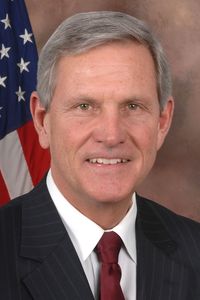Ilya Kabakov's artistic journey began after World War II, when he received training at the prestigious Surikov Institute in Moscow. During this time, he was introduced to the works of Cézanne and other Western artists, which had a profound impact on his development as an artist. His early drawing studies focused on natural landscapes, and by 1957, he had completed his training as an illustrator.
Kabakov then found employment as an illustrator, working on children's books, and in 1965, he joined the Union of Artists of the USSR. Interestingly, his Moscow apartment became a secret meeting place for artists who were critical of the regime. This was a time of great creativity and experimentation for Kabakov, and he began to produce works that challenged the strictures of socialist realism.
From 1978 onwards, Kabakov's art took on a more critical and conceptual tone, as he began to create picture walls with texts that parodied the official art of the Soviet Union. These works dealt with the social and living conditions in the USSR, as well as the mentality of the country and the daily struggles of its people. Despite the fact that these works were not publicly exhibited in the Soviet Union, they managed to reach the West through mysterious routes.
Kabakov's international breakthrough came in 1985, when 25 of his pictures and 490 drawings were exhibited at the Schweizerische Kunsthalle Bern. This exhibition made him an internationally recognized artist, and two years later, he was awarded a three-month scholarship from the Kunstverein Graz, which allowed him to relocate to the West. In 1988, Kabakov and his wife Emilia moved to New York, where he still resides and works today.
Kabakov's subsequent career was marked by numerous exhibitions and awards, including the 1990 Aachen Art Prize, the 1993 Max Beckmann Prize, the Swiss Joseph Beuys Prize, the Honorary Diploma from the Venice Biennale, and the Goslar Kaiserring in 1998. He also held a teaching position at the Städelschule in Frankfurt/M. for a year, during which he exhibited at the Kassel documenta in 1992. Over time, Kabakov has established himself as a prominent exhibition artist, presenting his work in numerous public exhibitions every year.
















